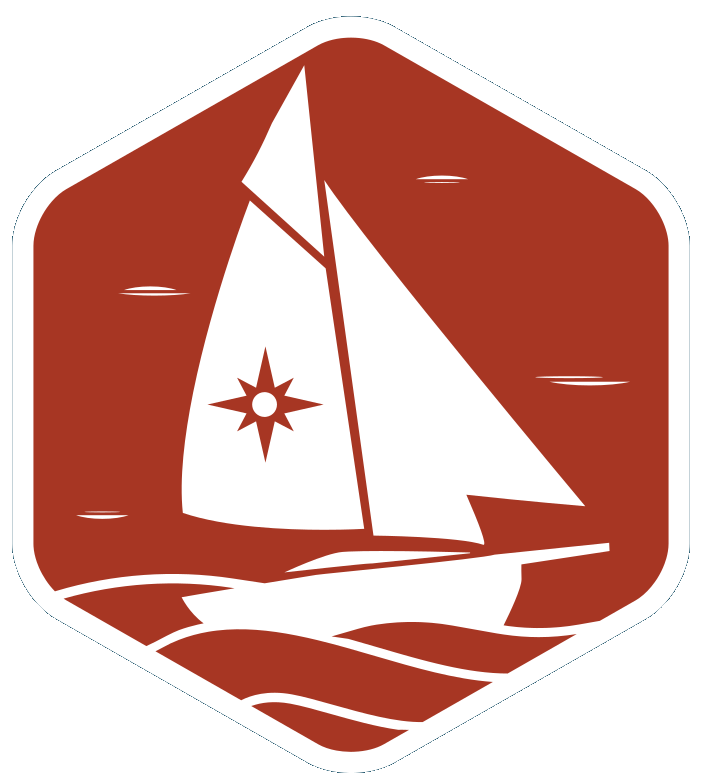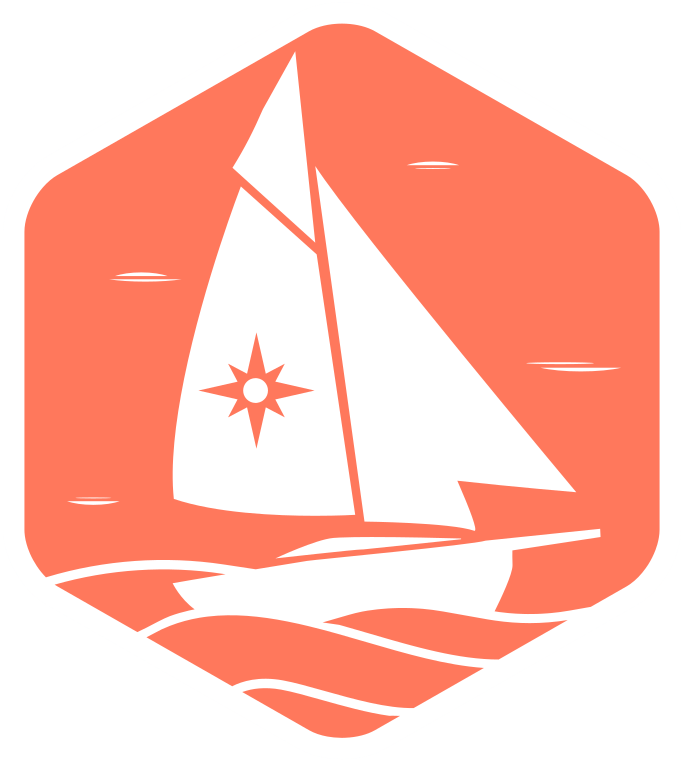2019 Festival Boats
Boats are listed in alphabetical order.
See boats from other years | See this year’s boats
-
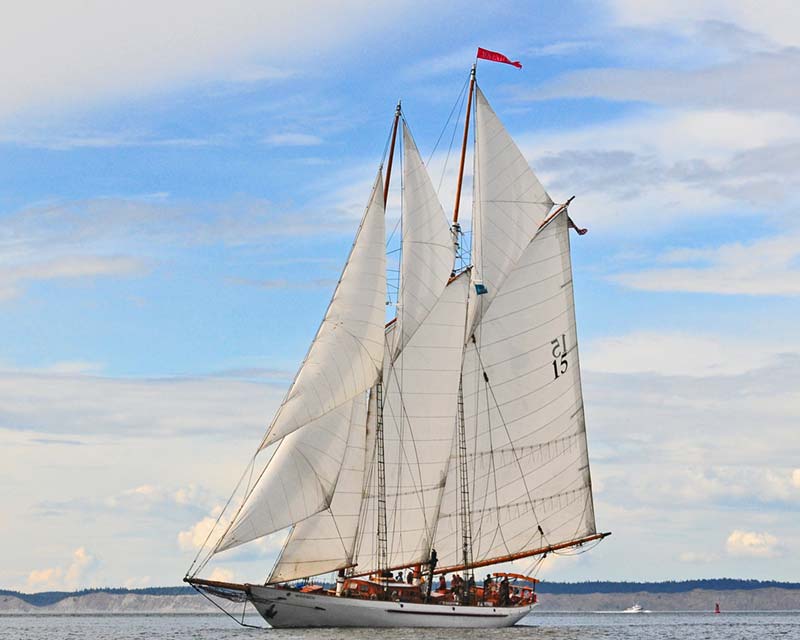
Home Port:
Port Townsend, WAYear Built:
1913LOA:
133'Beam:
21'Owner:
Sound ExperienceDesigner:
B.B CrowninshieldDesign:
One-offType:
SchoonerSound Experience sails the historic schooner Adventuress to educate, inspire, and empower an inclusive community that works to improve our marine environment and celebrates our... -
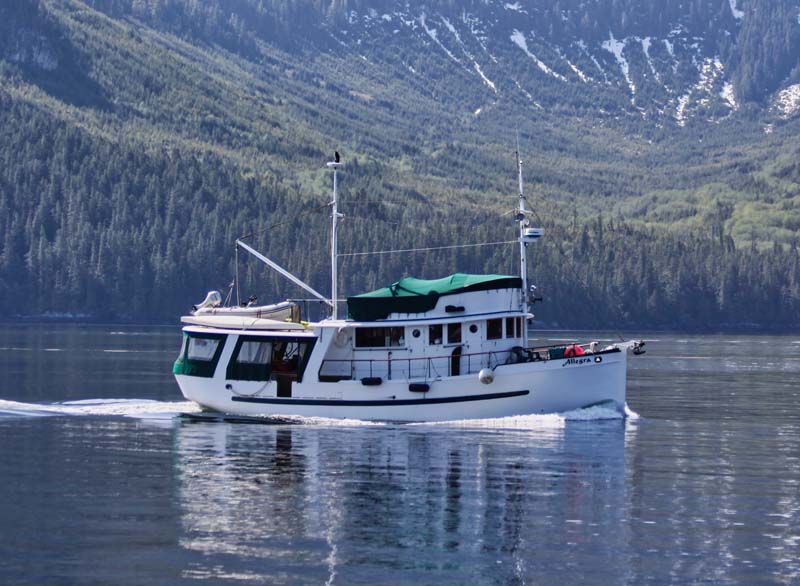
For Sale
Home Port:
Bellingham, WAYear Built:
1951LOA:
52'Beam:
14'9"Owner:
Victor CanoDesigner:
UnknownDesign:
One-offType:
PowerThe Allegra is a One of a kind Classic Fan Tail Trawler built by noted Benson Brothers yard in Vancouver BC. in 1951. I have... -
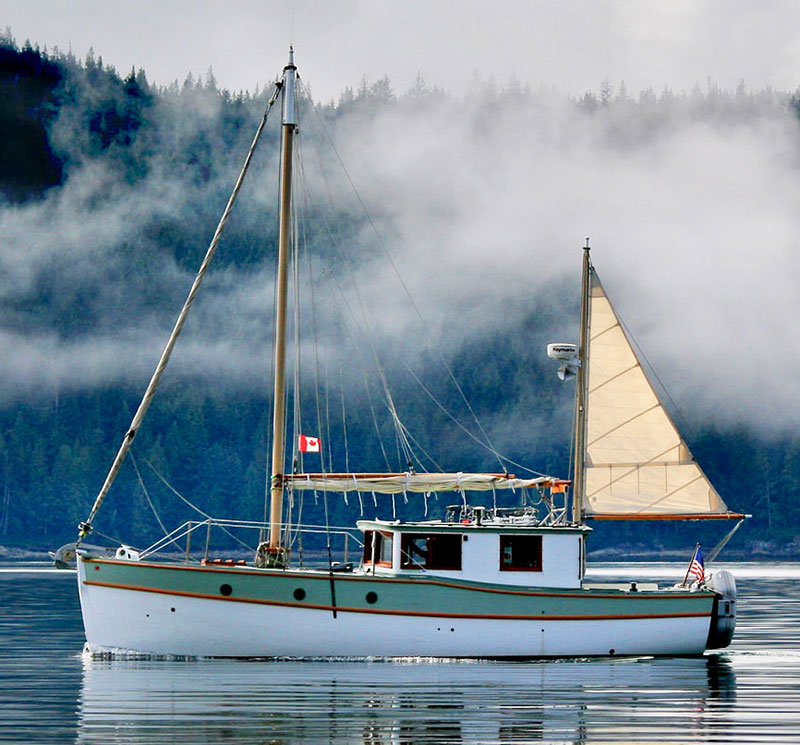
For Sale
Home Port:
Olympia, WAYear Built:
2008LOA:
36'Beam:
11'Owner:
Capt. Peter WilcoxDesigner:
Carl Chamberlan in collaboration with Capt. PeterDesign:
Wilcox 36Type:
Gaff Ketch Petroleum-free MotorsailerAma Natura is a 36’ custom gaff ketch motorsailer built by the NW School of Wooden Boatbuilding, launched at Point Hudson in 2008 and used... -
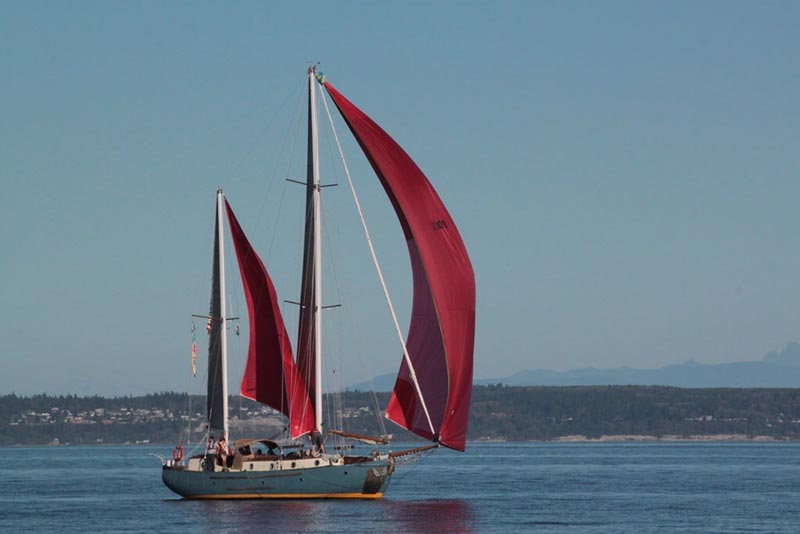
Home Port:
Anacortes, WAYear Built:
1980LOA:
58'Beam:
13'6"Owner:
Christine Scoggins GranquistDesigner:
Fred PetersonDesign:
One-offType:
KetchAriel of Victoria’s keel was laid in Fred Peterson’s boatyard on Vancouver Island near Nanaimo in 1972. Carvel planked in Alaskan yellow cedar over oak... -
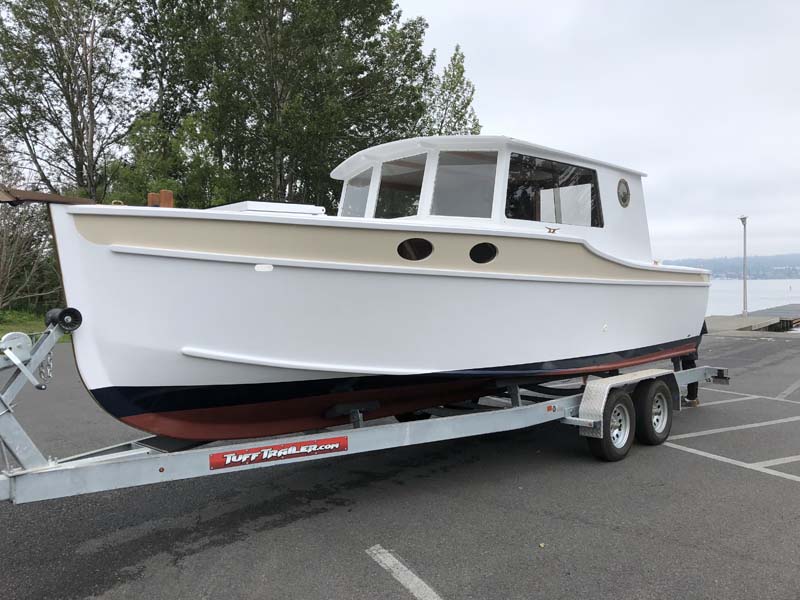
Home Port:
Seattle, WAYear Built:
2018LOA:
26'Beam:
8'Owner:
Hugh MortensenDesigner:
Tom LathropDesign:
Bluejacket 24Type:
PowerBjarne was built in a north Seattle garage. "The boat" provided a safe, creative and nearby distraction to the challenges of work and raising children.... -
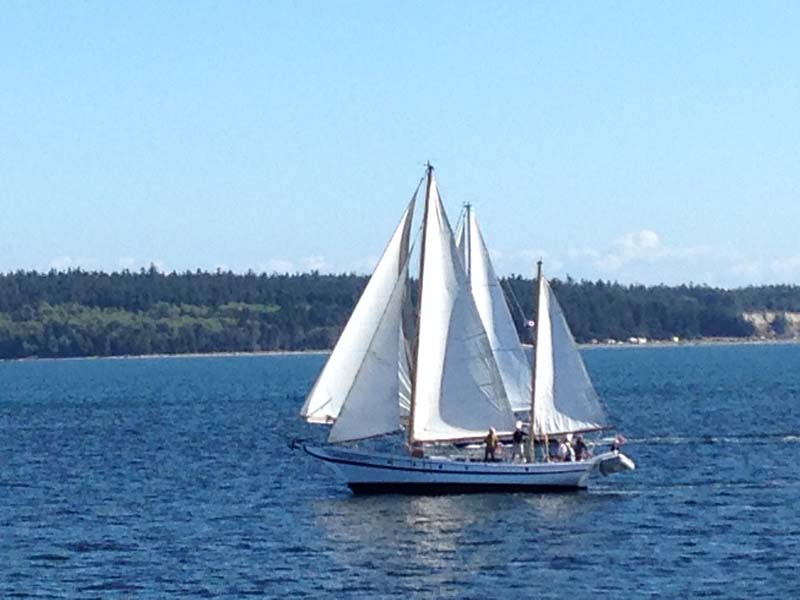
Home Port:
Port Hadlock, WAYear Built:
1978LOA:
51'Beam:
13'4"Owner:
Steve and Kelley OliverDesigner:
William GardenDesign:
PorpoiseType:
KetchWe acquired Blackbeard in 1984. She is strip planked cedar on oak frames. A wonderful cruiser. 4 generations have sailed her south to Puerta Vallarta,... -
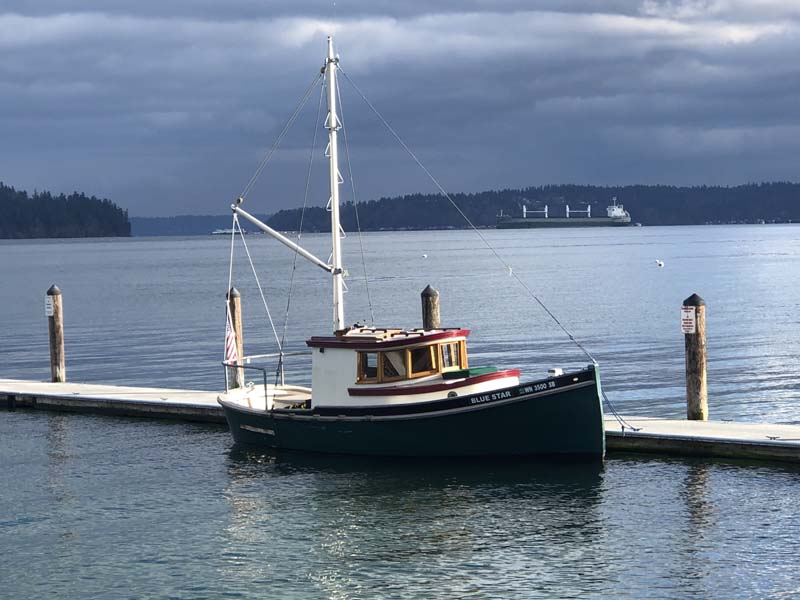
For Sale
Home Port:
Bainbridge Island, WAYear Built:
1998LOA:
25'4"Beam:
8'9"Owner:
Richard ManderDesigner:
Scott SpragueDesign:
After a 24' Tug for D & J AndersenType:
PowerBased on a design by Scott Sprague for a 24' tug designed to pull a small freight barge out to her owners’ cabin in British... -
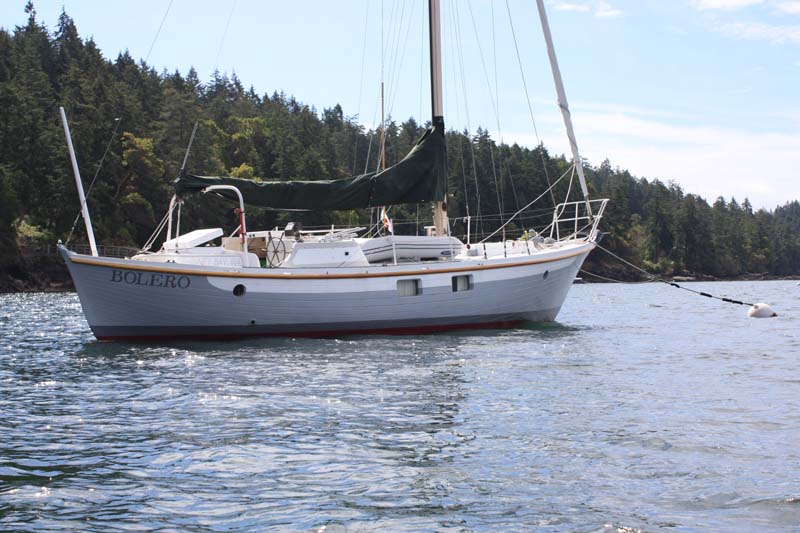
For Sale
Home Port:
Bremerton, WAYear Built:
1965LOA:
40'Beam:
10'6"Owner:
Jay SpearmanDesigner:
Bill GardenDesign:
One-offType:
SloopBolero is an original double-ended 40 foot sloop designed by the renowned N.A. Bill Garden and launched in 1965. Her distinctive appearance, clean lines, flush... -
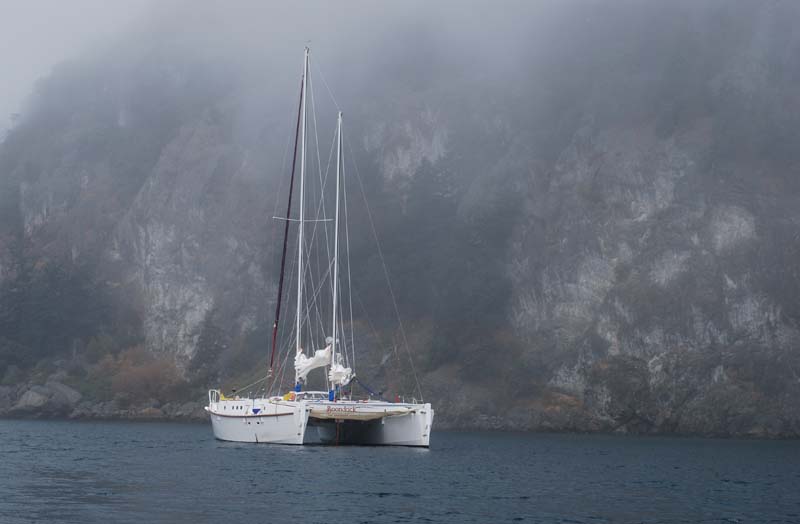
For Sale
Home Port:
Tacoma, WAYear Built:
1990LOA:
54'Beam:
23'6'Owner:
Matthew DunningDesigner:
BeaubienDesign:
1 of 2 constructedType:
MultihullShe looks a bit like a Wharram. Indeed, the designer of her hulls (a Mr. Beaubien whom I've never met) had built a 47' Wharram... -
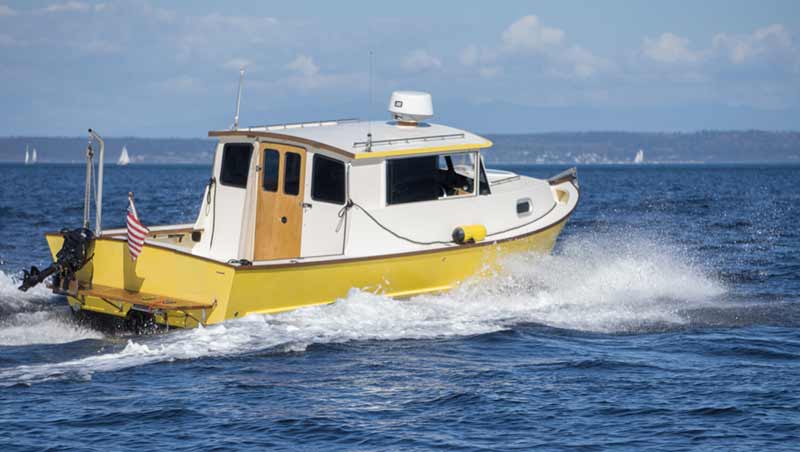
Home Port:
Lake Oswego, ORYear Built:
2004–2006LOA:
27'Beam:
8'Owner:
Ray BrownDesigner:
Renn TolmanDesign:
Tolman Alaskan Skiff Jumbo 24Type:
PowerBright Star is a Tolman Jumbo 24, from a design by Renn Tolman of Homer, Alaska. As are all the Tolman boats, she is a... -
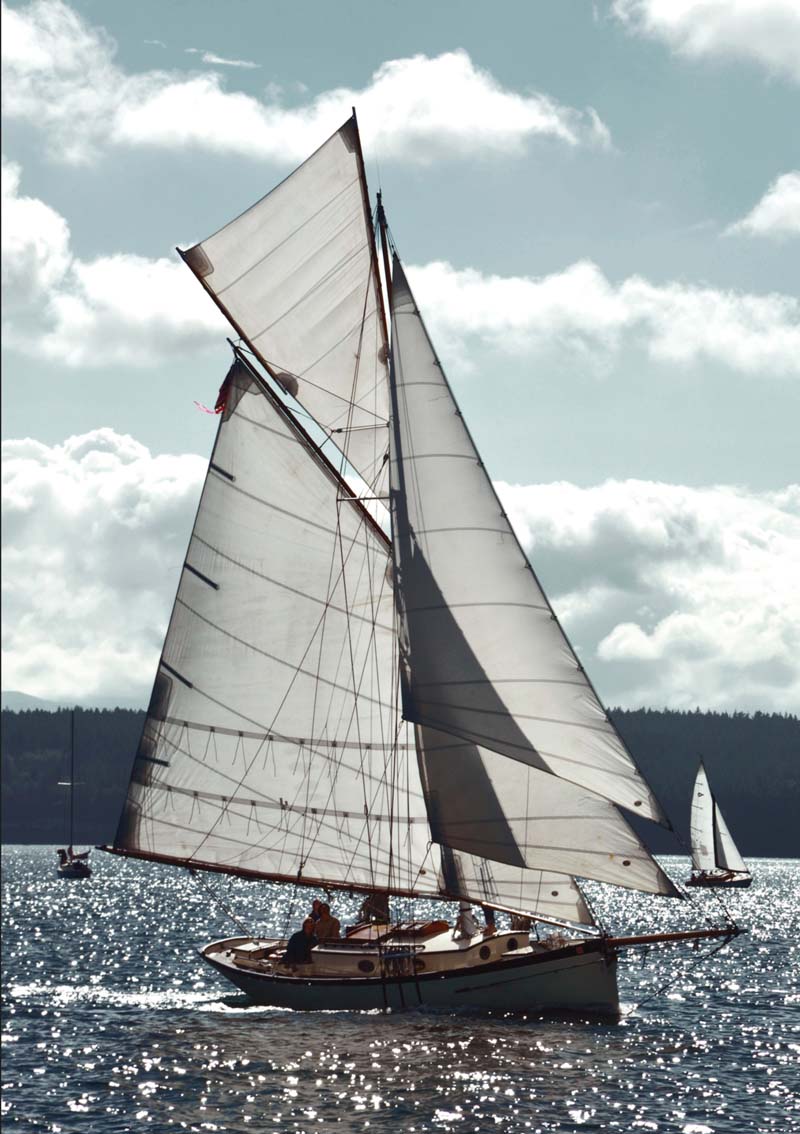
Home Port:
Vaughn, WAYear Built:
1983LOA:
43'Beam:
10'Owner:
Kelson MillsDesigner:
Jim FrankenDesign:
One-offType:
Gaff CutterBryony is one of the last boats built by Bob Prothero at the NWSWB, in 1983, She is Port Orford Cedar on White Oak frames,... -
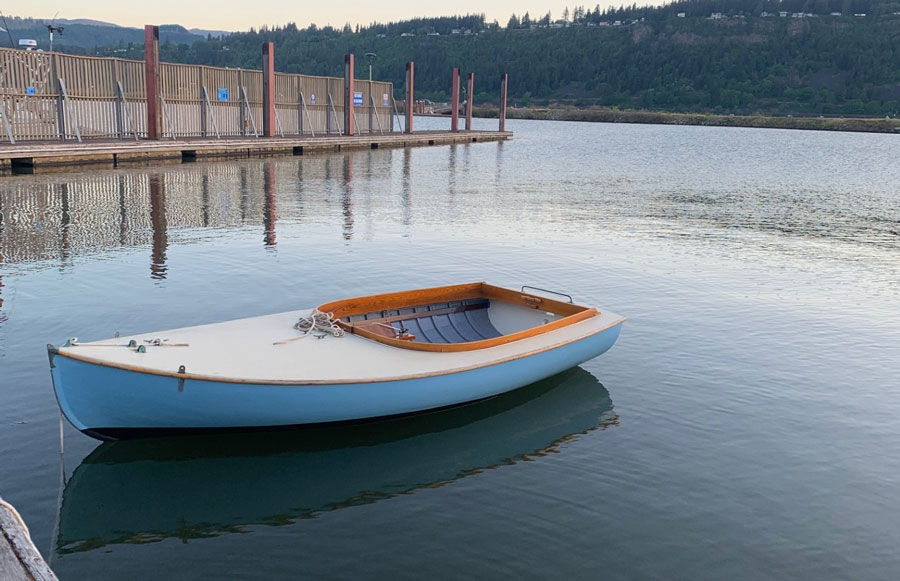
Home Port:
Hood River, ORYear Built:
1975LOA:
12'3"Beam:
6'Owner:
Ryan WalshDesigner:
John BeetleDesign:
Beetle CatType:
Sloop12' long of Cedar on Oak, built in 1975 at the Concordia yard in Mass. and restored in 20o4 in Portland Oregon. Annual upkeep and... -

Home Port:
Port Hadlock, WAYear Built:
1993LOA:
39'Beam:
10'Owner:
Matthew McClearyDesigner:
William AtkinsDesign:
Little Maid of KentType:
SchoonerCeridwen was lofted in the Fall of 1982 at Magner & Sons Boatworks in Carlsborg, WA. Matt McCleary with the help of John and his... -
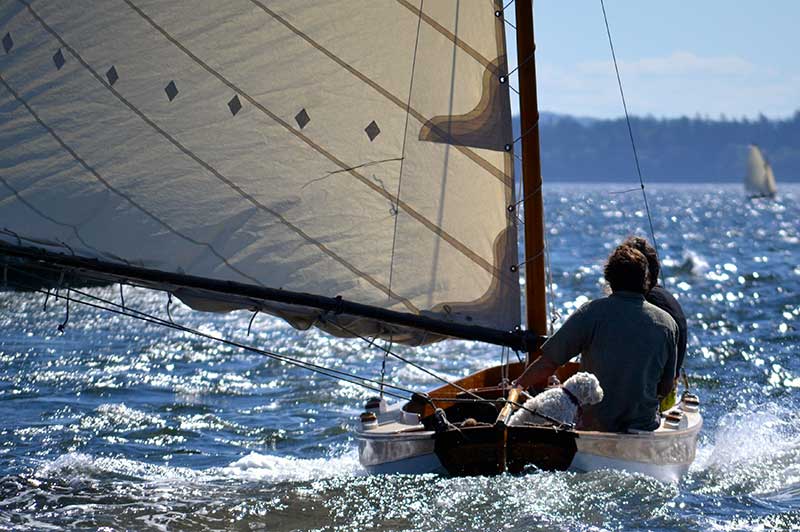
Home Port:
Renton, WAYear Built:
1986LOA:
19'Beam:
5' 8"Owner:
David SmithDesigner:
Charles MowerDesign:
Swampscott Racing DoryType:
SloopUsing only the lines drawing from the Dori book we measured and created a sheet of offsets to loft her. Thanks to the Newport Marine... -
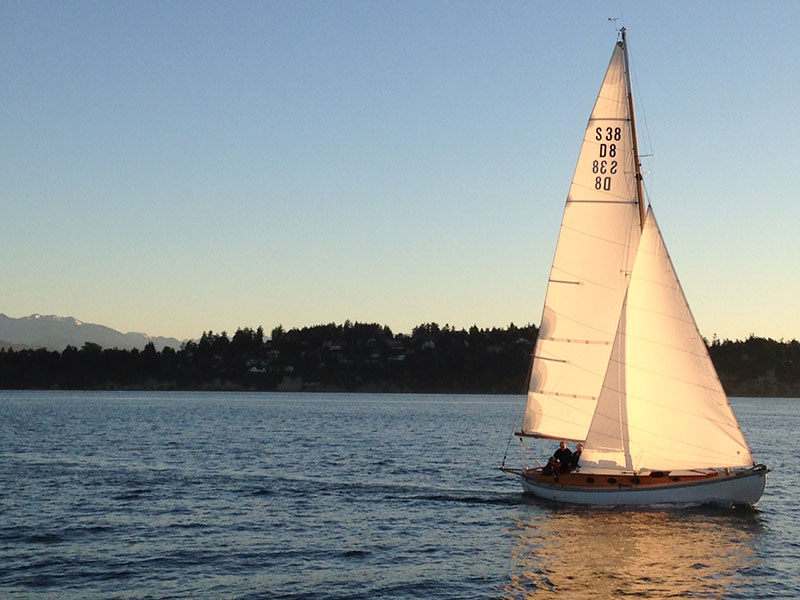
Home Port:
Port Townsend, WAYear Built:
1936LOA:
29'Beam:
8'6"Owner:
Sean & Inger RankinsDesigner:
MSJ HansonDesign:
Danish 38 M2Type:
SloopCito along with her sisters (Da Capo, Pia, Eio, & Skoal’s), all of the same 38M2 Danish Spidsgatter class, were shipped together from Copenhagen to... -
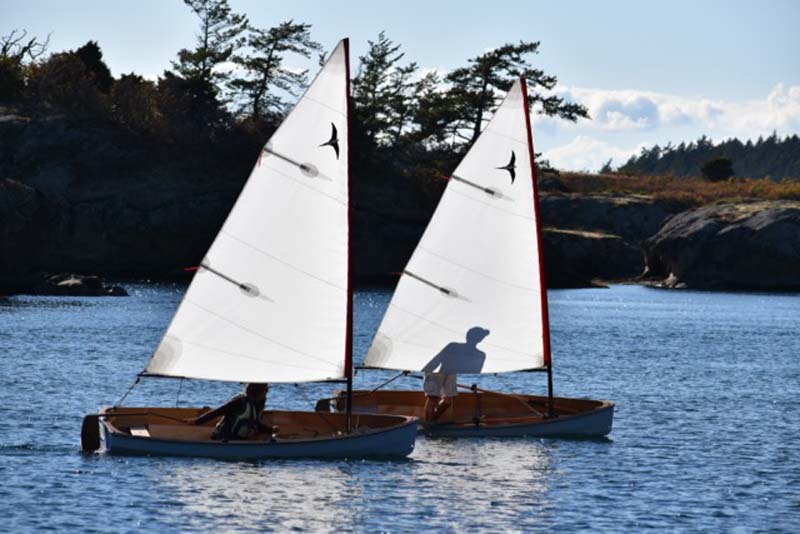
Home Port:
Port Townsend, WAYear Built:
2019LOA:
11'Owner:
Russell & Ashlyn BrownDesigner:
Russell BrownDesign:
PT ElevenType:
RowDesigned and built by Russell Brown, the PT Eleven is a highly developed 11ft nesting dinghy ideal for cruising boats since she can be stored... -
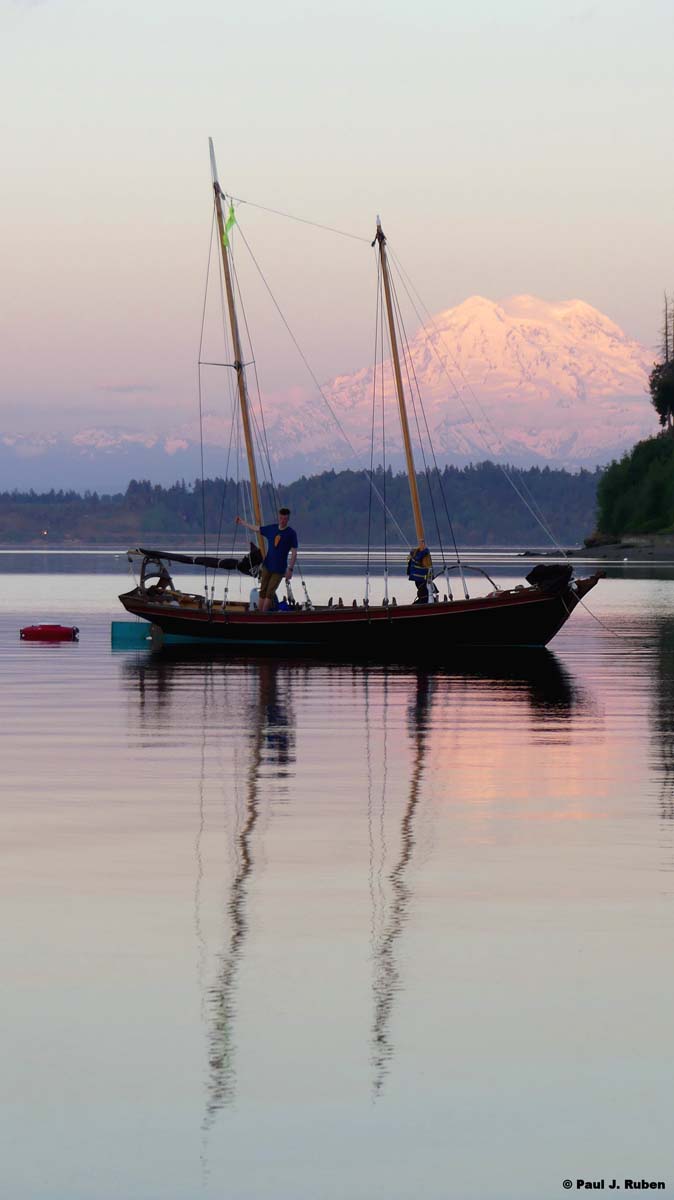
Home Port:
Port Hadlock, WAYear Built:
2014LOA:
28'2"Owner:
Community Boat ProjectDesigner:
Ed LouchardDesign:
One-offType:
YawlThis is a Youth Exploring Ship built by students and mentors at the Community Boat Project. It is especially designed for watertight integrity, fast rowing,... -
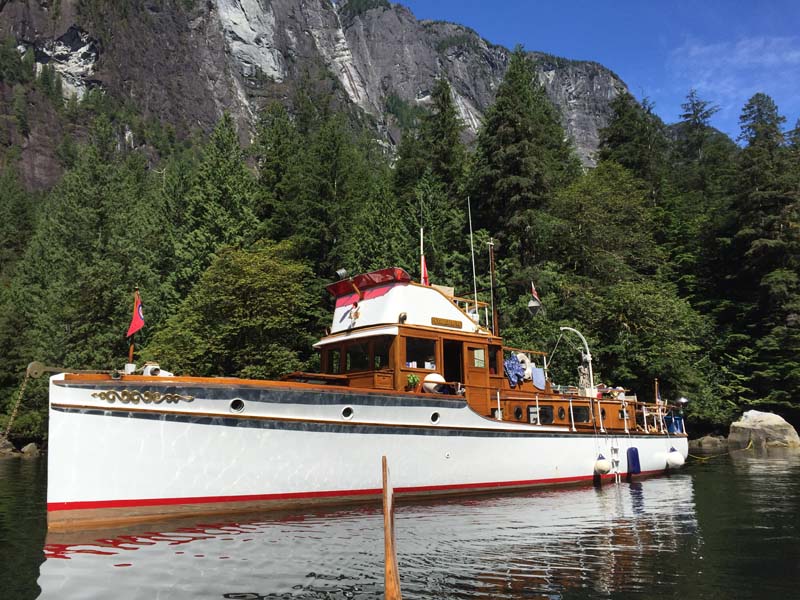
For Sale
Home Port:
Ballard, WAYear Built:
1926LOA:
50'Beam:
11'6"Owner:
Bob & Sally BryanDesigner:
CoolidgeDesign:
One-offType:
PowerCORSAIR II “Corsair II”, custom designed by naval architect Leigh Coolidge and built in 1926 by Martinac in Tacoma for B. F. Jacobs, was a predicted... -
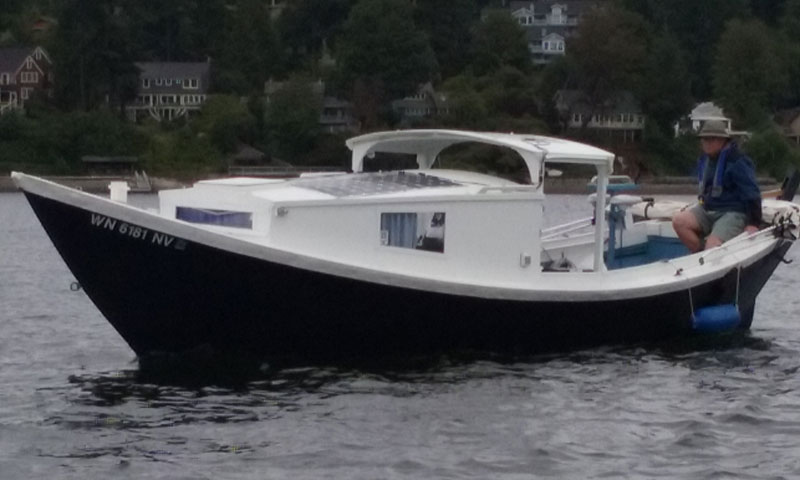
Home Port:
Olympia, WAYear Built:
2012LOA:
26'Beam:
8'Owner:
Thomas HrubyDesigner:
Glen-LDesign:
St. Pierre DoryType:
ElectricDaddy’s Third is a 26 ft St. Pierre Dory powered by two electric trolling motors. This is the third version of an electric dory I... -
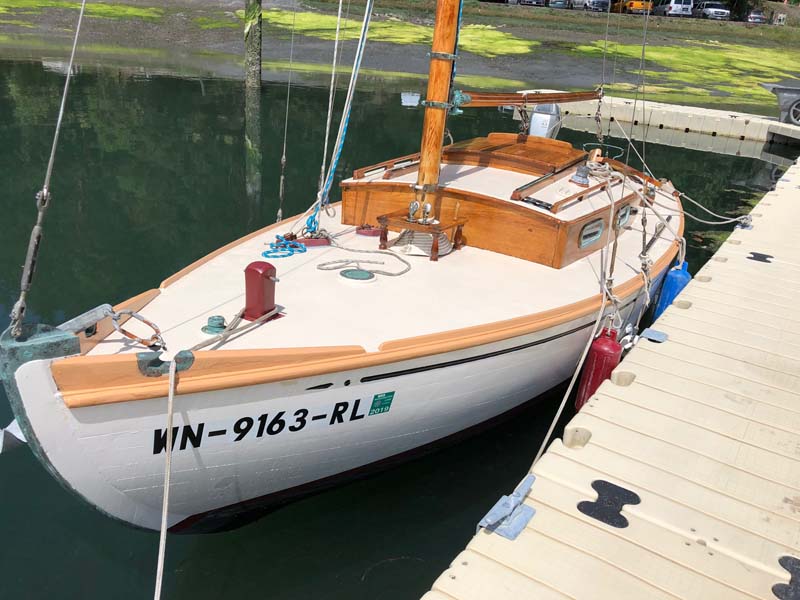
Home Port:
Orcas Island, WAYear Built:
1936LOA:
19'Beam:
6'Owner:
Margaret PayneDesigner:
Fenton KilkennyDesign:
Teak LadyType:
SloopDaisy is a “Teak Lady,” fractional-rig sloop, one of ten built in 1939 at the Ah King shipyard in Hong Kong. The Chinese shipwrights... -
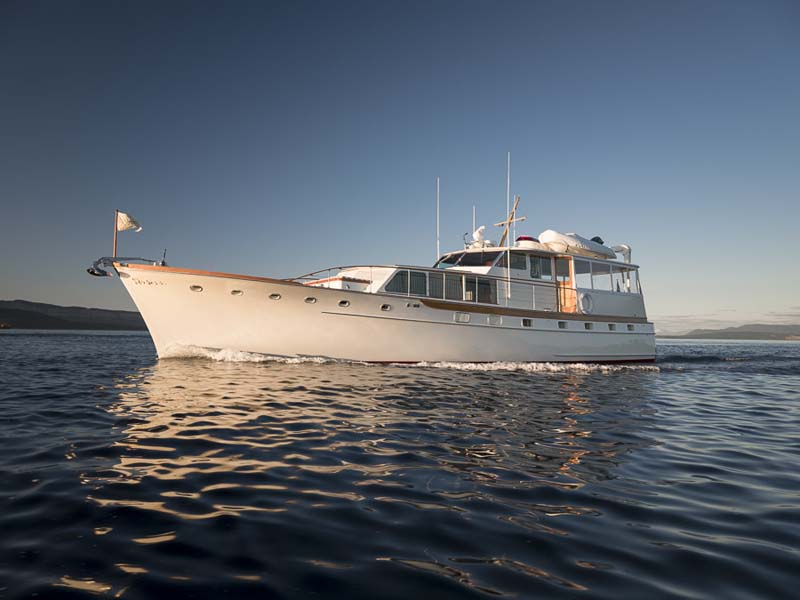
Home Port:
Portland, ORYear Built:
1965LOA:
70'Beam:
17'Owner:
Ernie SturmDesigner:
TrumpyDesign:
Trumpy Flush Deck Motor YachtType:
Power1965 Trumpy Motoryacht Restoration Completed One of the few “Trumpy” all-wood motor yachts on the on the West Coast has just finished a total restoration.... -
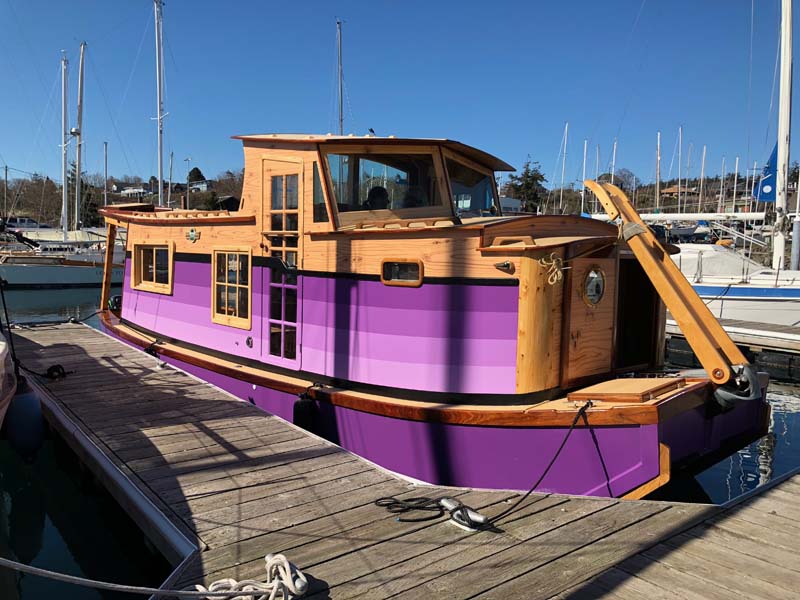
Home Port:
Port Townsend, WAYear Built:
2018LOA:
33'6"Beam:
9'Owner:
Michael and Lynne Cassella-BlackburnDesigner:
Kerry ElwoodDesign:
Water Woody 33Type:
Power2018, 33' Water woody. Designed and built by Kerry Elwood in Salem, Oregon. Her name is Deep Purple. She is a living, breathing piece of... -
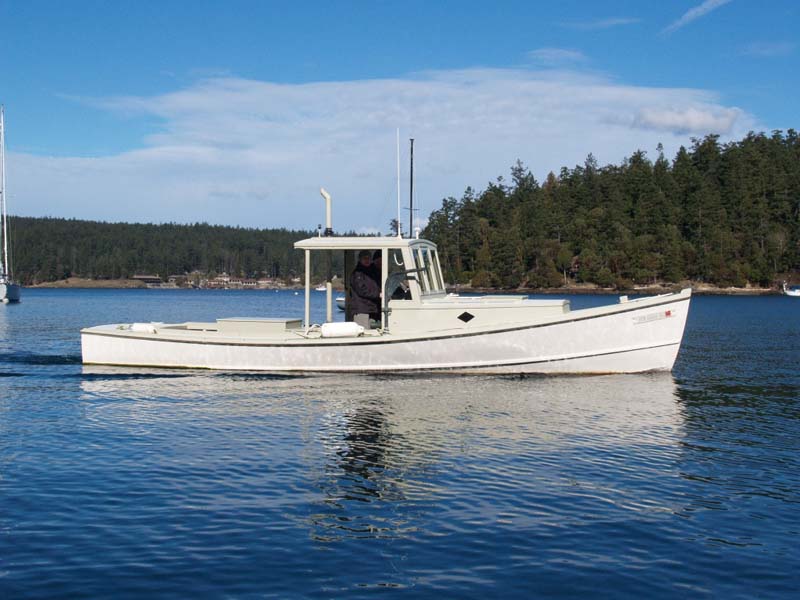
For Sale
Home Port:
Olympia, WAYear Built:
1952LOA:
29'6"Beam:
8'6"Owner:
Sam DevlinDesigner:
BealDesign:
UnknownType:
PowerDiana is a Beal's Island built and former lobster fishing boat. She was converted and re-built in 2002 by Doug Hyland of Maine and currently... -
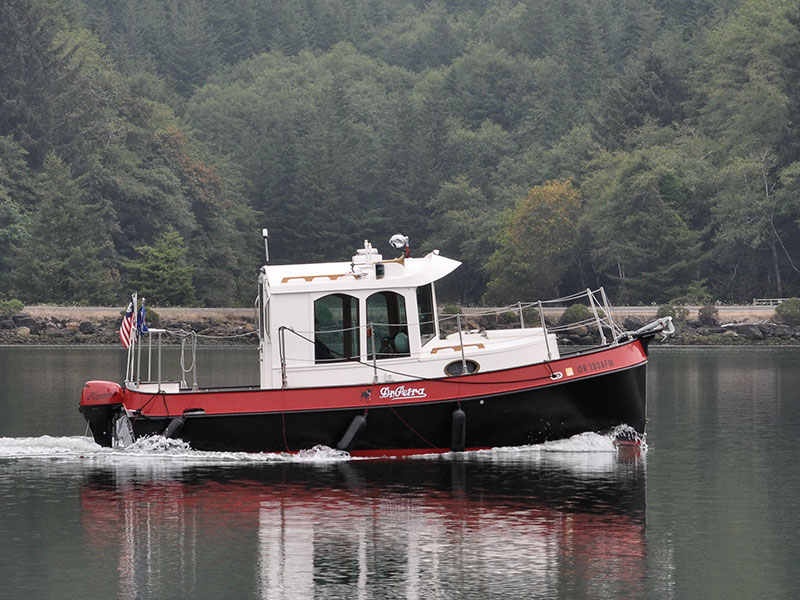
Home Port:
Corvallis, ORYear Built:
2017LOA:
17'10"Beam:
7'6"Owner:
Earl BoissonouDesigner:
HenricksonDesign:
Bo JestType:
PowerDr. Petra has navigated the Yaquina river as well as part of the Columbia River and completed last years Salish 100 from Olympia to Port... -
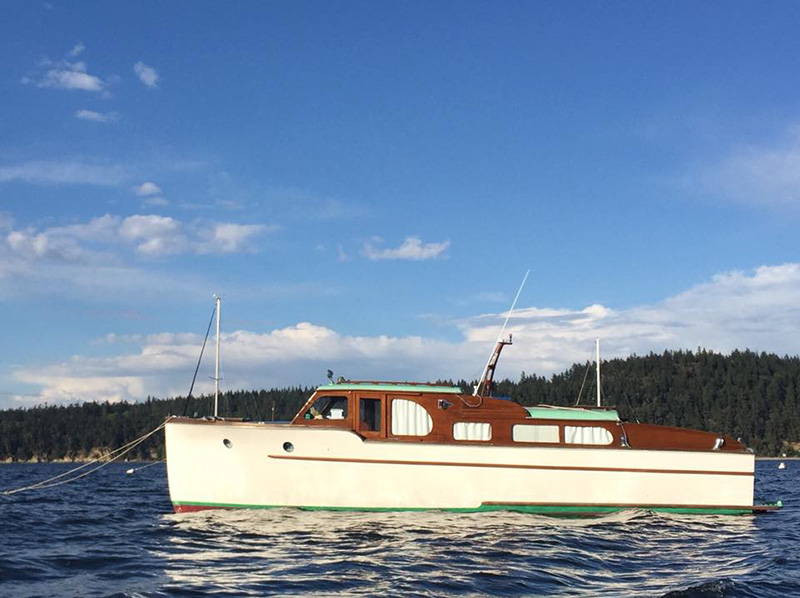
Home Port:
Tacoma, WAYear Built:
1950LOA:
35' 10"Beam:
10' 6"Owner:
Evan & Sara BaillyDesigner:
Edwin Monk Sr.Design:
Bridgedeck CruiserType:
PowerDuffy was built to a design penned by Edwin Monk Sr. in 1947 by Frank Adams under the north span of Seattle's University Bridge. She... -
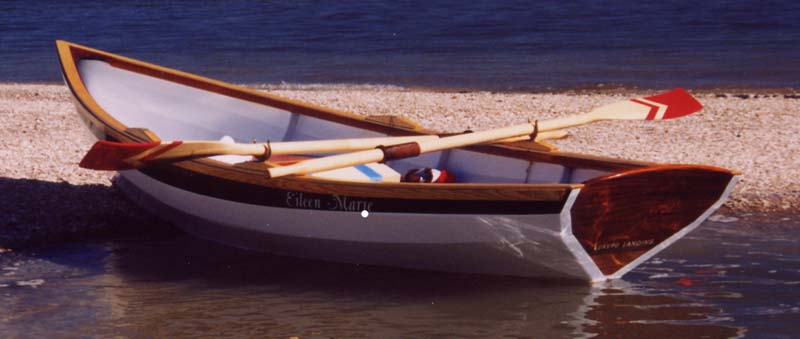
Home Port:
Lukupu LandingYear Built:
2002LOA:
12'1"Owner:
Edward HackettDesigner:
UnknownDesign:
One-offType:
Row BoatEileen Marie is a 12 foot dory skiff. She is built from Okoume plywood, mahogany, and ash. While she was built as primarily as a... -
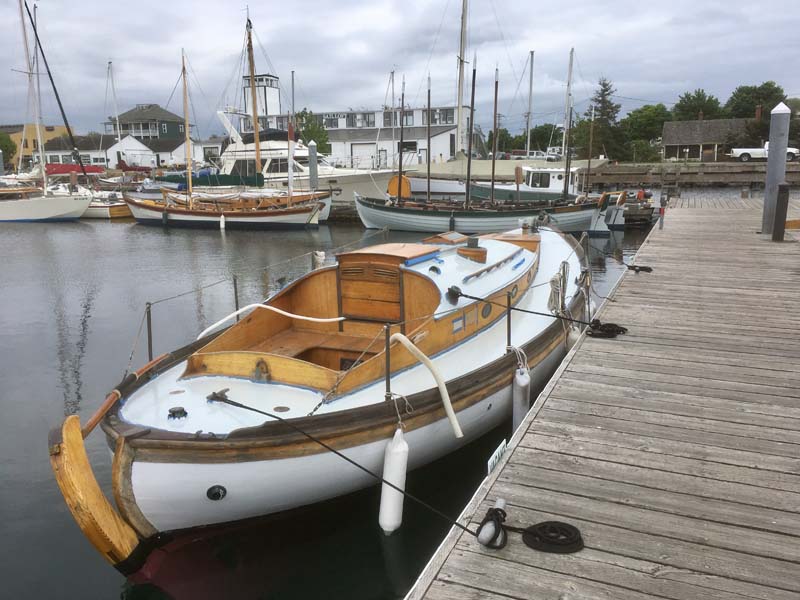
Home Port:
Port Townsend, WAYear Built:
1936LOA:
26'Beam:
8'Owner:
Esther Whitmore & David GreenDesigner:
Aage UtzonDesign:
SpidsgatterType:
SloopWe are honored to have inherited Eio from longtime owners, James and Deborah Klose, last winter. We are excited to carry forward the love... -
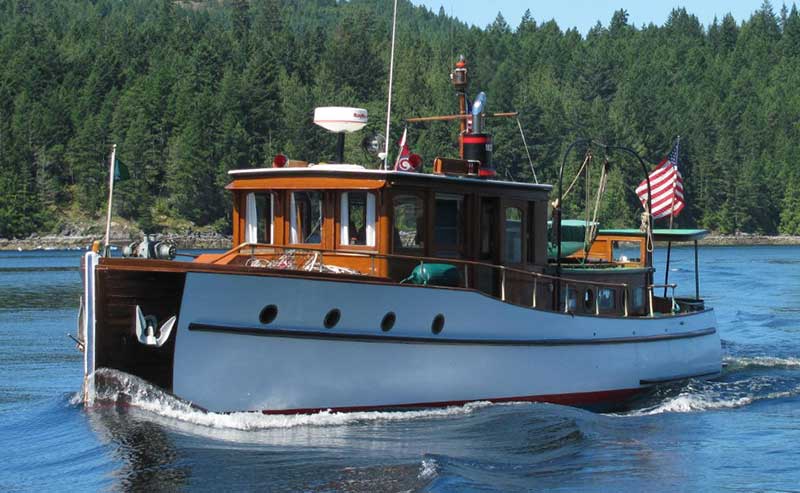
Home Port:
Oakland Bay Marina, Shelton, WAYear Built:
1927LOA:
44'7"Beam:
10'6"Owner:
James PoirsonDesigner:
Theorel and NordstromDesign:
Bridge Deck CruiserType:
PowerA number of such installations have been made on the West Coast and are being watched with keen interest by motor boat operators everywhere. A particularly...
